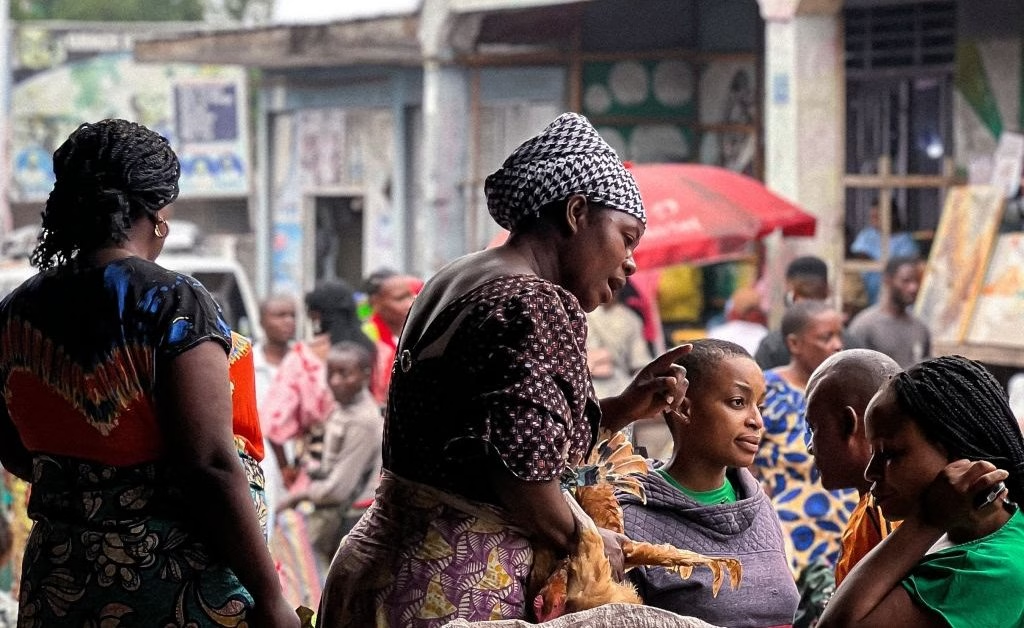Unidentified illnesses have claimed the lives of over 50 individuals in northwestern Congo over the past five weeks, with nearly half succumbing to the ailments within hours of exhibiting symptoms. These outbreaks, which have occurred in two separate villages in Congo’s Equateur province, have resulted in 419 reported cases and 53 fatalities, with health officials still uncertain about the cause or whether the cases in the respective villages are connected. Additionally, it remains unclear how the illnesses are spreading and whether they can be transmitted between individuals.
The first victims in one of the villages were children who consumed a bat and died within 48 hours, according to the World Health Organization’s (WHO) Africa office. In the other village, where a significant number of patients were diagnosed with malaria, there have been more infections.
It was noted that the illnesses have been concentrated in two remote villages, located in different health zones of Equateur province, around 400 miles (640 kilometers) away from the capital, Kinshasa. The initial outbreak occurred in the village of Boloko, after three children ate a bat and died within 48 hours. A second and more extensive outbreak was subsequently recorded in the village of Bomate, where over 400 individuals have contracted the illness. According to WHO’s Africa office, no direct connections have been established between the cases in the two villages.
Dr. Serge Ngalebato, the medical director of Bikoro Hospital and a government expert involved in the outbreak response, indicated that the situations in the two villages are distinct. The first outbreak, characterized by a high number of deaths, continues to be investigated due to its unusual nature, while the second outbreak in Bomate primarily involves cases of malaria.
The WHO Africa office has raised concerns regarding the rapid progression from illness to death in Boloko, in addition to the high number of fatalities in Bomate.
Congo’s Ministry of Health stated that approximately 80% of the patients share similar symptoms, including fever, chills, body aches, and diarrhea. While these symptoms can be indicative of common infections, health officials initially feared that they could also indicate a hemorrhagic fever such as Ebola, which has a known link to infected animals. However, after collecting and testing over a dozen samples in the capital of Kinshasa, Ebola and similar diseases, including Marburg, have been ruled out. The WHO is currently investigating various possible causes, such as malaria, viral hemorrhagic fever, food or water poisoning, typhoid fever, and meningitis.
Congo’s government has deployed experts to the villages since February 14, primarily to assist in investigating the cases and preventing further spread. Dr. Ngalebato stated that patients have responded to treatments targeting their different symptoms. The remote locations of the villages have posed challenges in accessing patients and managing healthcare infrastructure. The weak healthcare infrastructure has made surveillance and patient management difficult.
The WHO Africa office has called for urgent action to expedite laboratory investigations, enhance case management and isolation capabilities, and strengthen surveillance and risk communication. The United States has been the largest bilateral donor to Congo’s healthcare sector and has supported the training of hundreds of field epidemiologists to detect and control diseases throughout the country. These outbreaks occurred during a time when the Trump administration implemented a freeze on foreign aid for a 90-day review period.
There have been ongoing concerns about diseases jumping from animals to humans in areas where people consume wild animals, according to the WHO. The WHO reported a 60% increase in such outbreaks in Africa over the past decade, suggesting that this may be the case in Congo, which is home to approximately 60% of the forests in the Congo Basin, the largest tropical forest on the planet. Gabriel Nsakala, a professor of public health at Congo’s National Pedagogical University, emphasized that as long as these forests exist, there will continue to be occasional epidemics caused by viruses that mutate.
Source: https://time.com/7262216/mystery-disease-outbreaks-deadly-symptoms-congo-explainer/







